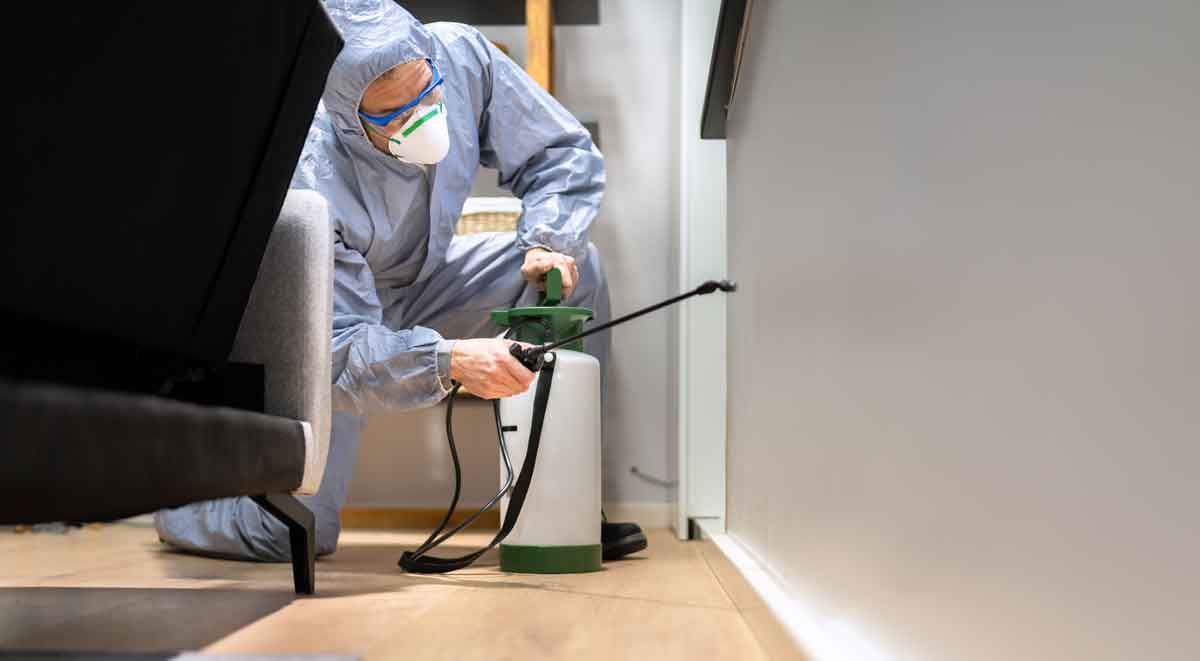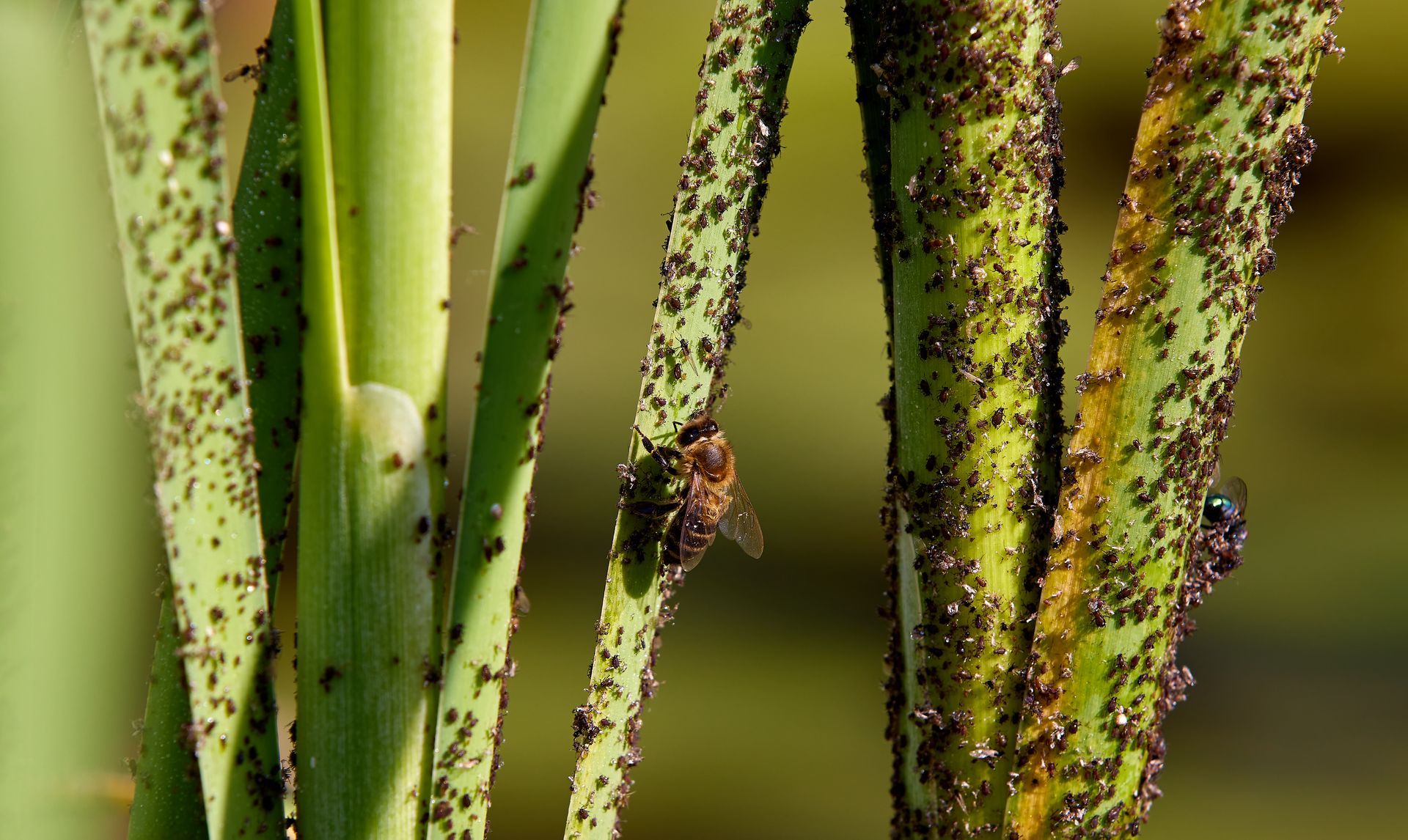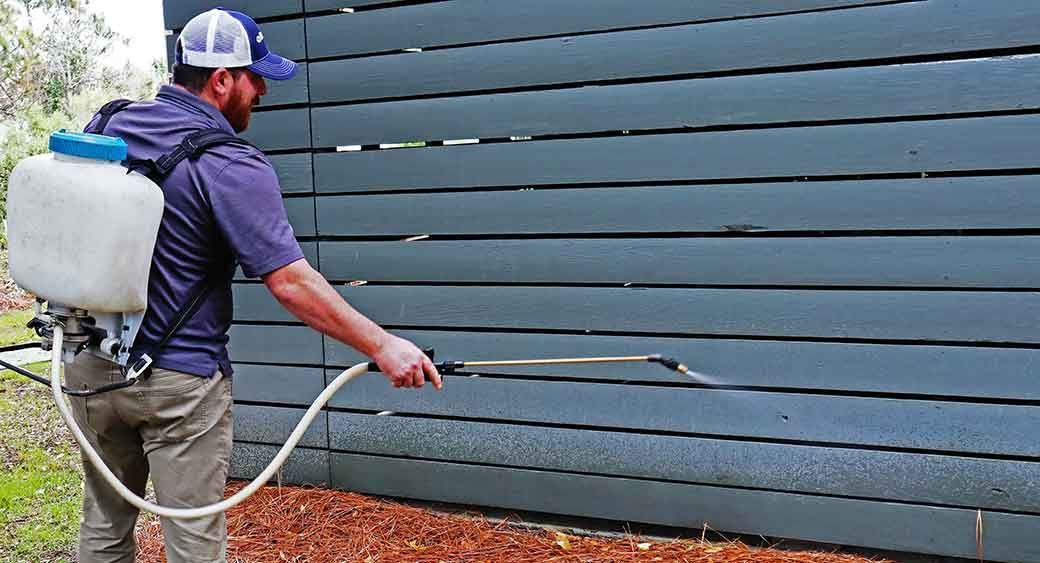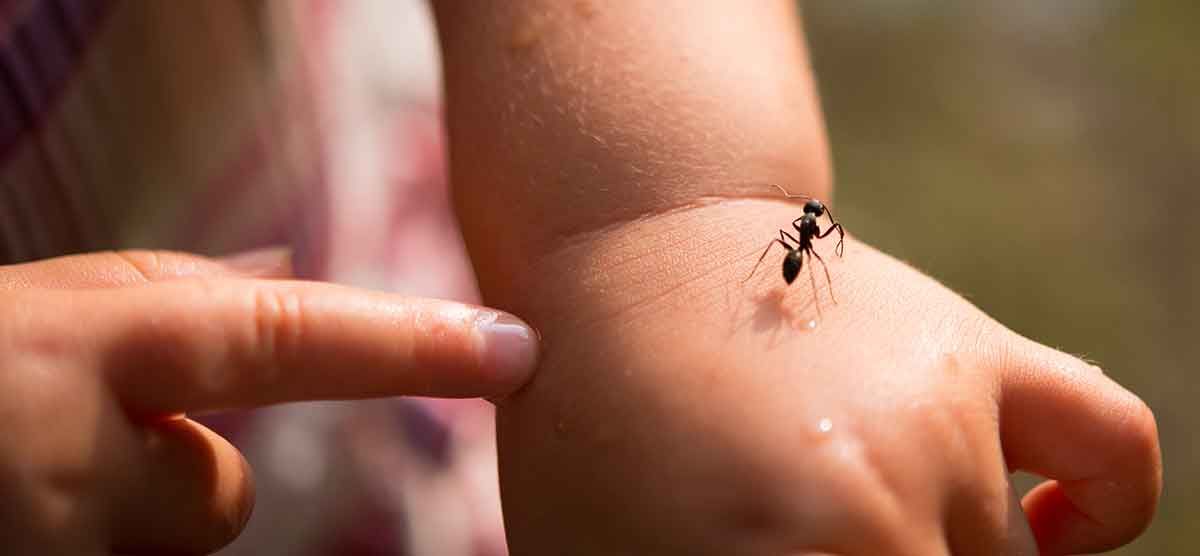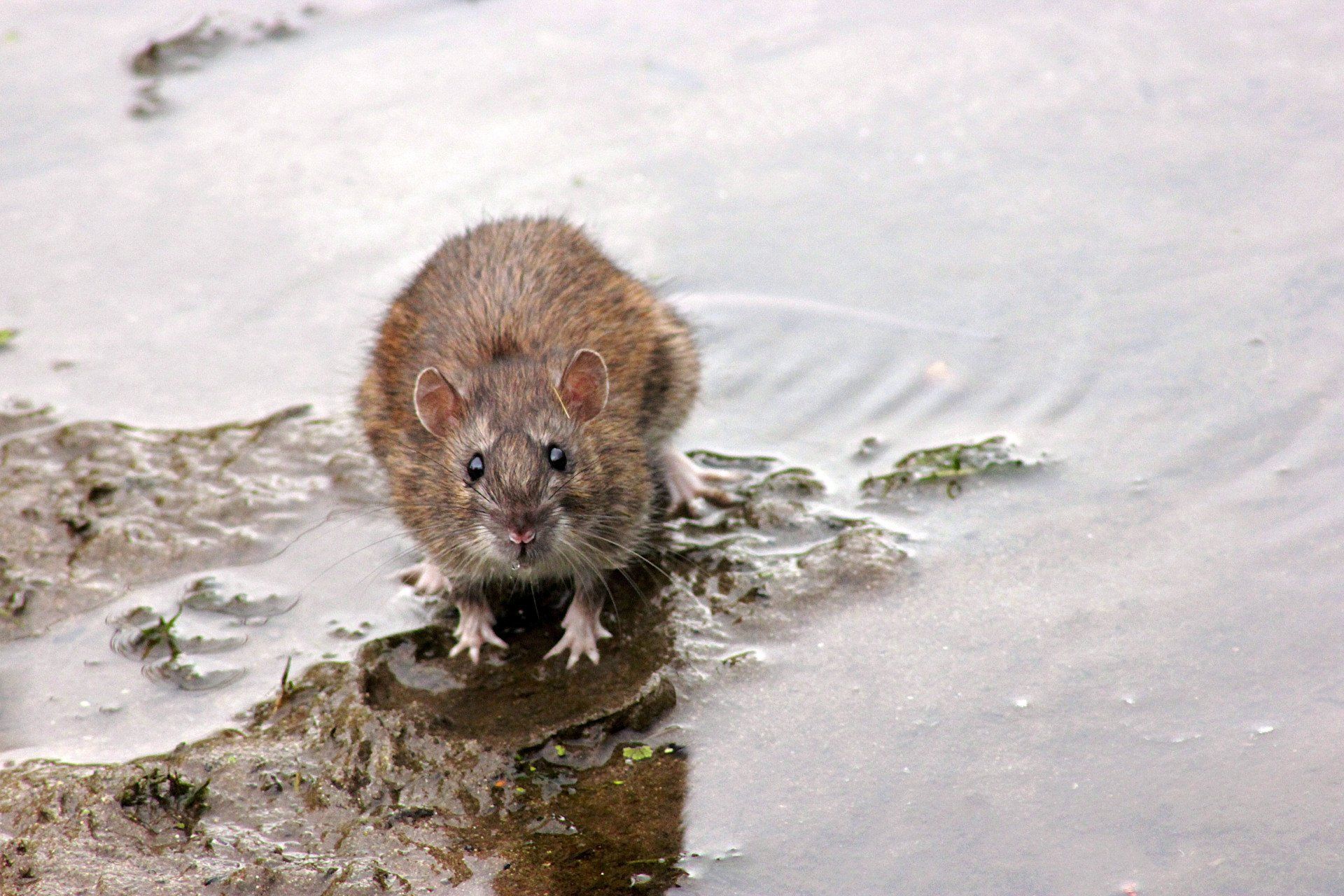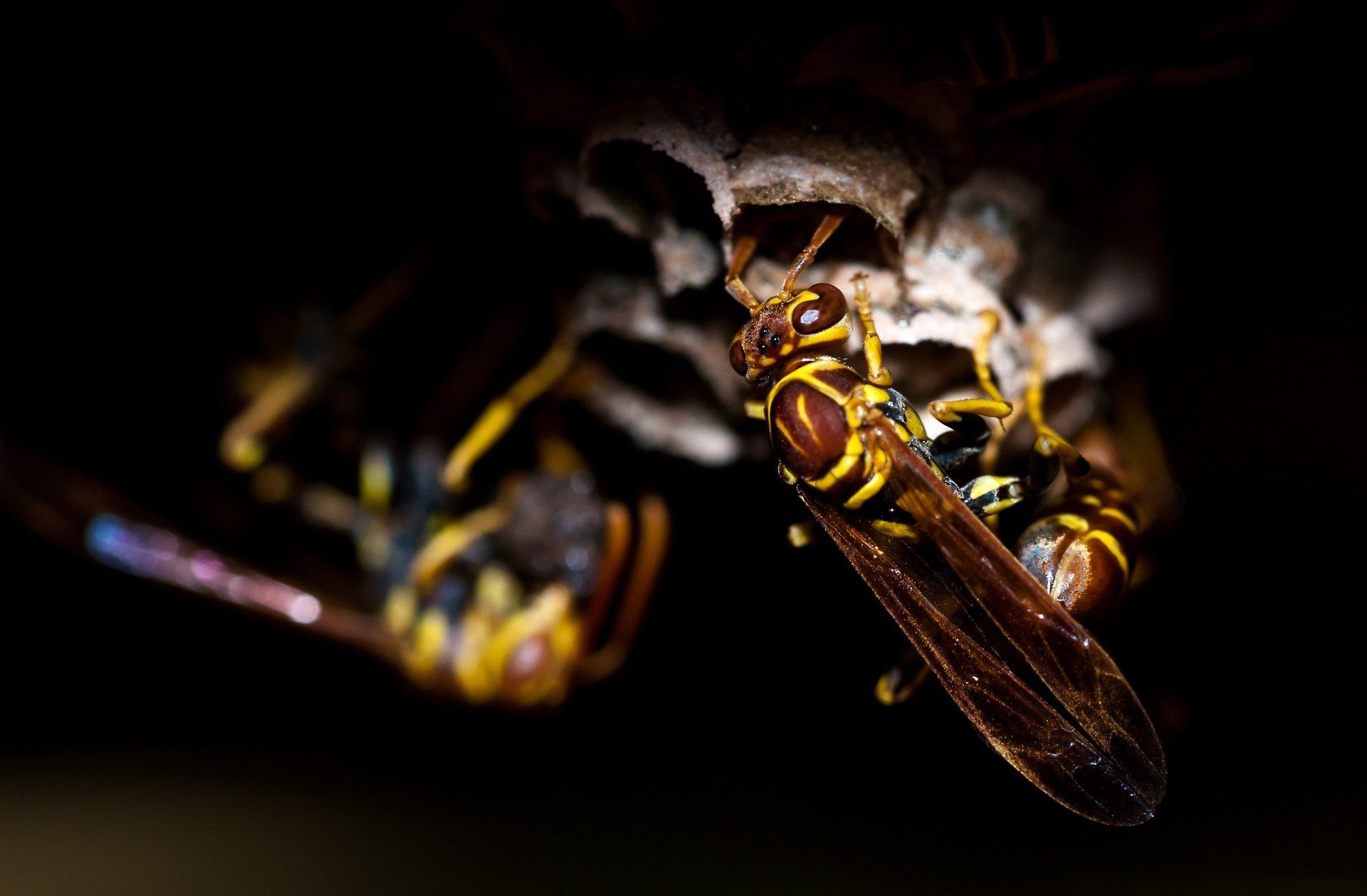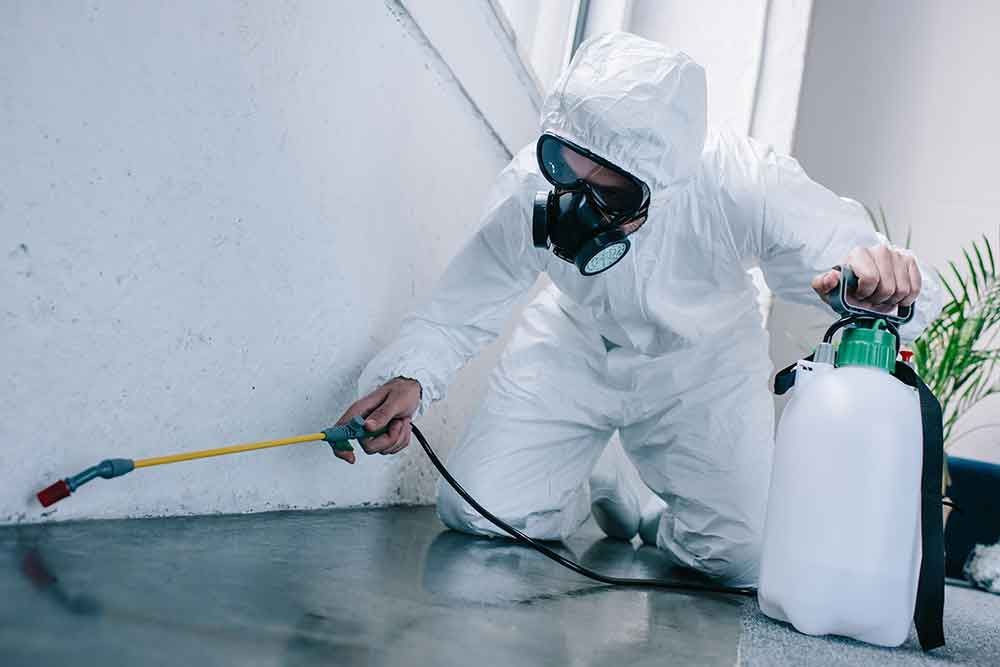Guarding Your Home: Residential Pest Control Strategies for Fall Pests
As the vibrant hues of autumn leaves paint landscapes and the air turns crisp, fall ushers in more than just pumpkin-spiced treats and cozy sweater weather. It also marks the arrival of several pests that seek the warmth and refuge of our homes. From mice and rats scurrying in the shadows to stink bugs and ladybugs adorning window sills, fall pests are a distinctive bunch that often requires homeowners to be vigilant and proactive in their prevention efforts.
The challenge of the fall pest is felt by many, but residents in specific regions, like those seeking pest control in Maryland, may face a heightened battle. With its distinct climate transitions, Maryland becomes a hotspot for these unwelcome guests. Fortunately, local services specializing in residential pest control are well-equipped to tackle these autumn intruders. From initial assessment to effective eradication, residential pest control in Maryland stands as a frontline defense against the nuisances brought about by fall pests.
Fall pests are those creatures that become particularly active, invasive, or seek shelter indoors during the autumn months.
Here's a list of common fall pests:
- Mice: As the temperature starts to drop, mice look for warmer places to nest, making homes an attractive option.
- Rats: Like mice, rats too seek out warm places to escape the cold and may enter homes in search of food and shelter.
- Stink Bugs: Known for their unpleasant odor, stink bugs often enter homes in the fall to hibernate during the winter months.
- Boxelder Bugs: They are primarily found on boxelder trees, ash trees, and maple trees but will enter homes when the weather turns cold.
- Ladybugs (Asian Lady Beetles): Although often considered beneficial in gardens, these beetles can become a nuisance indoors as they seek shelter from the cold.
- Cluster Flies: Unlike regular houseflies, cluster flies enter homes in the late summer and early fall, often hibernating in wall voids or attics.
- Spiders: While spiders are generally active in the warmer months, fall is the time when many mature spiders of various species seek mates and may wander indoors.
- Ants: Some ant species, particularly carpenter ants, may venture indoors in search of food or shelter as the temperature cools.
- Cockroaches: While they can be a problem year-round, some species of cockroaches become more noticeable in homes during fall as they escape dropping temperatures.
- Yellow Jackets, Hornets, and Wasps: As their natural food sources (like nectar) become scarce, these stinging insects might become more aggressive and intrusive, seeking human food sources.
- Bed Bugs: While not strictly a fall pest, the increase in travel during the holiday season can lead to a spike in bed bug infestations as they hitch rides on luggage and clothing.
- Earwigs: They might move indoors during the fall in search of moisture and shelter.
- Silverfish: These pests are attracted to the warmth and potential food sources homes provide, especially as the weather turns cooler.
- Centipedes and Millipedes: Both can venture inside homes in the fall to escape the cold and find moisture.
It's essential to be aware of these pests' habits and characteristics to effectively prevent or address any pest infestations during the autumn months.
